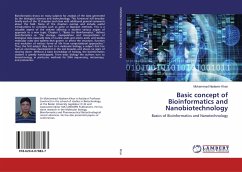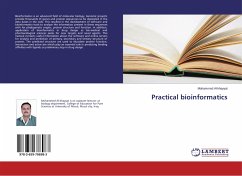Bioinformatics draws on many subjects for analysis of the data generated by the biological sciences and biotechnology. This foreword will describe briefly each of the 12 chapters and close with additional general comments about the field. Many of the chapters overlap and include useful introductions to concepts such as gene or Bayesian methods. This is a valuable aspect of the volume allowing a student various angles of approach to a new topic. Chapter 1, "Basics for Bioinformatics," defines bioinformatics as "the storage, manipulation and interpretation of biological data especially data of nucleic acids and amino acids, and studies molecular rules and systems that govern or affect the structure, function and evolution of various forms of life from computational approaches." Thus, the first subject they turn to is molecular biology, a subject that has had an enormous development in the last decades and shows no signs of slowing down. Without a basic knowledge of biology, the bioinformatics student is greatly handicapped. From basic biology the authors turn to biotechnology, in particular, methods for DNA sequencing, microarrays, and proteomics.
Bitte wählen Sie Ihr Anliegen aus.
Rechnungen
Retourenschein anfordern
Bestellstatus
Storno








